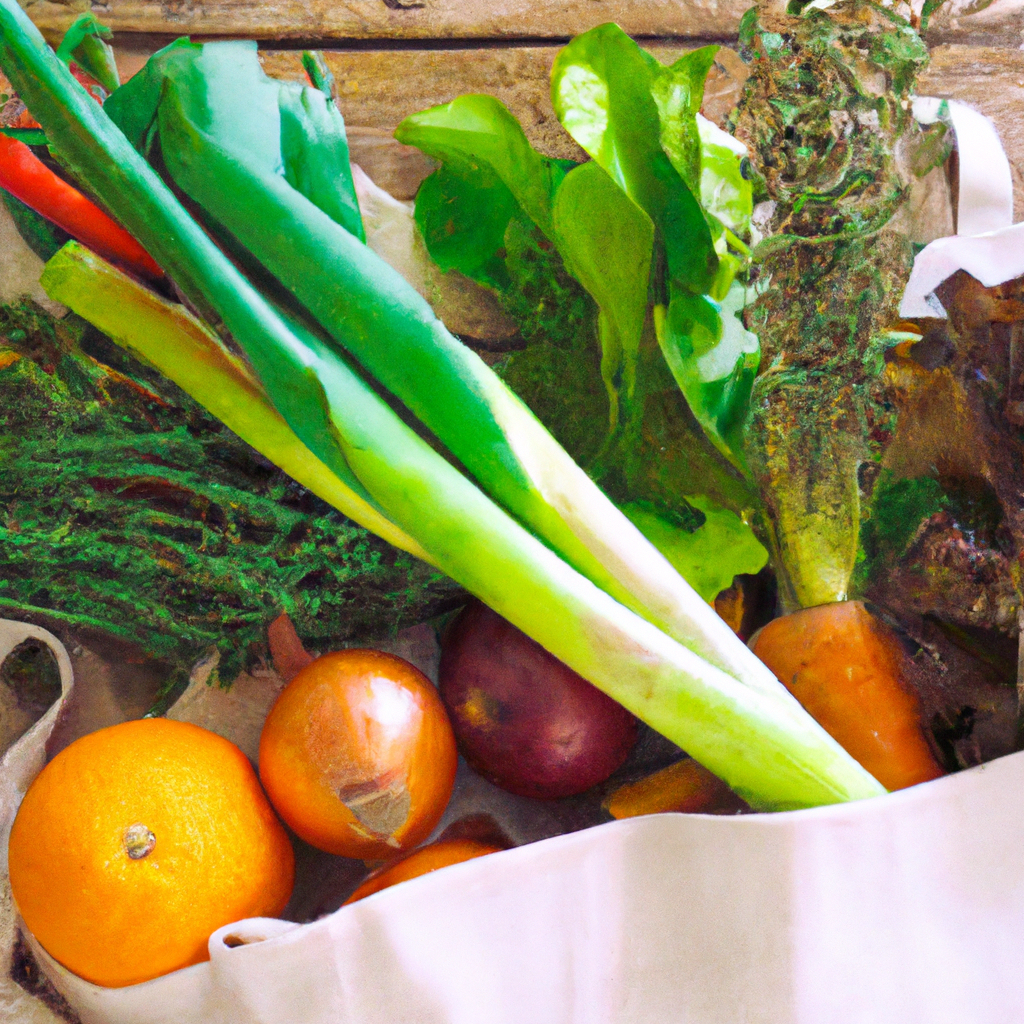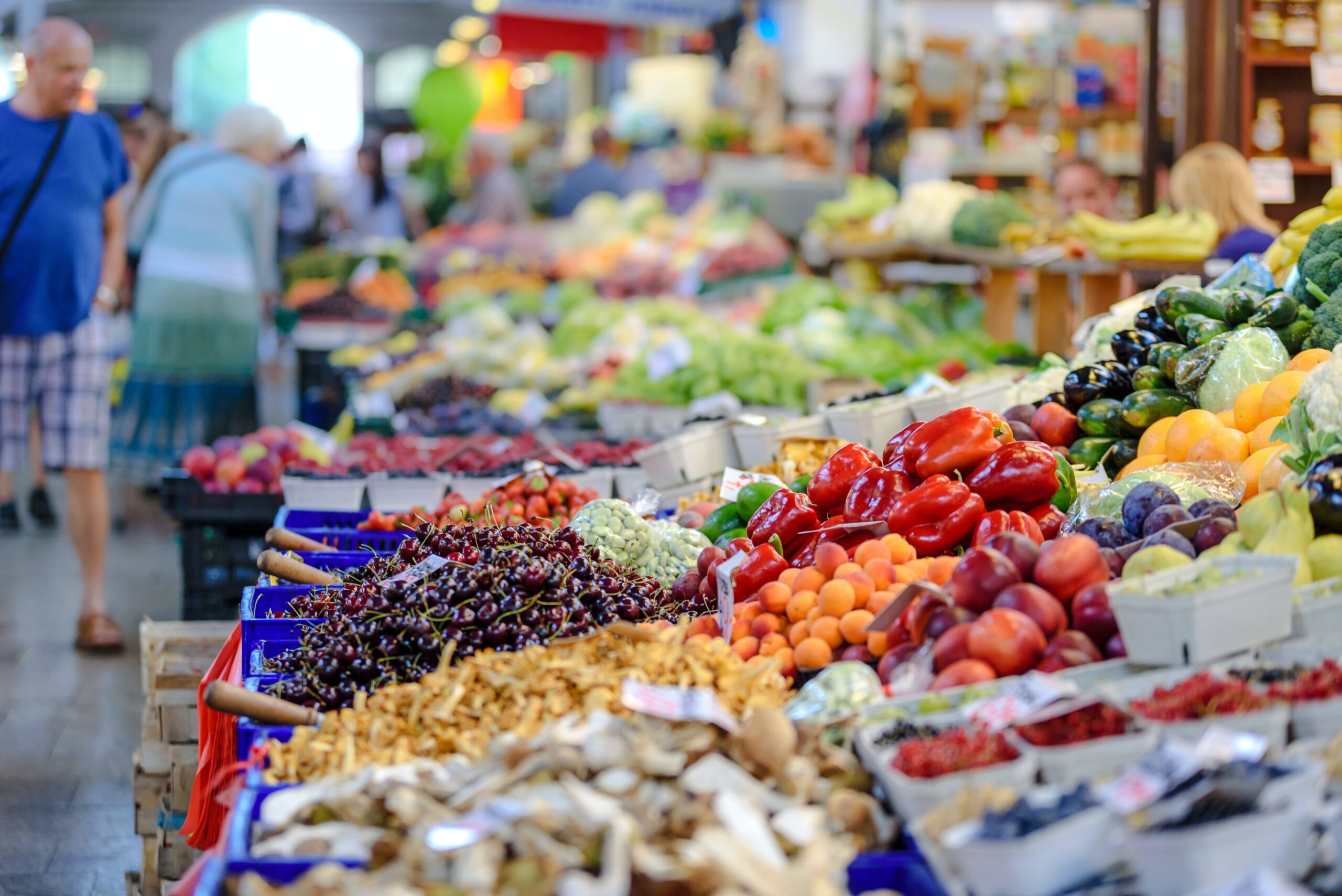Share This Story, Choose Your Platform!
The Organic Shopper’s Handbook: A Practical Guide to Sustainable Living is a comprehensive resource for individuals looking to make more environmentally conscious choices in their everyday lives. Written by experts in the field of sustainability, this handbook provides practical tips and strategies for organic shopping and implementing sustainable practices. With the increasing awareness of the impact of consumerism on the environment, this guide serves as a valuable tool for those looking to reduce their carbon footprint and live a more sustainable lifestyle.
Understanding the Importance of Sustainable Living
Sustainable living is essential for the health of our planet and future generations. According to the United Nations, the world’s population is expected to reach 9.7 billion by 2050, putting immense pressure on our natural resources. By adopting sustainable practices, such as organic shopping and reducing waste, individuals can help mitigate the negative effects of overconsumption and pollution. Sustainable living also promotes social equity and economic stability, as it encourages fair trade practices and supports local communities.
Tips and Strategies for Organic Shopping
Organic shopping involves choosing products that are grown or produced without synthetic pesticides, fertilizers, or genetically modified organisms. When shopping for organic products, it is important to look for certifications such as USDA Organic or Fair Trade to ensure that the items meet strict standards for sustainability. Additionally, buying locally sourced products can reduce the carbon footprint associated with transportation and support small-scale farmers in your community. By planning meals and shopping with a list, individuals can also reduce food waste and save money in the long run.
Implementing Sustainable Practices in Everyday Life
In addition to organic shopping, there are many other ways to incorporate sustainable practices into everyday life. For example, reducing energy consumption by using energy-efficient appliances and turning off lights when not in use can help lower carbon emissions. Recycling and composting can also divert waste from landfills and reduce greenhouse gas emissions. By choosing to walk, bike, or use public transportation instead of driving, individuals can reduce their carbon footprint and promote a healthier lifestyle. Small changes in daily habits can add up to make a significant impact on the environment.
In conclusion, The Organic Shopper’s Handbook: A Practical Guide to Sustainable Living offers valuable insights and practical advice for individuals looking to make more sustainable choices in their daily lives. By understanding the importance of sustainable living, adopting organic shopping practices, and implementing sustainable habits, individuals can contribute to a healthier planet for future generations. As the saying goes, “We do not inherit the earth from our ancestors, we borrow it from our children.” It is up to each of us to take responsibility for our actions and make a positive impact on the world around us.





















































